Tech Tip #108–Tech Problem? Google it!
Ask a Tech Teacher
JUNE 30, 2023
In these 169 tech-centric situations, you get an overview of pedagogy—the tech topics most important to your teaching—as well as practical strategies to address most classroom tech situations, how to scaffold these to learning, and where they provide the subtext to daily tech-infused education. Today’s tip: Search the Internet for most tech problem solutions Category: Problem-solving Q: Sometimes, I can’t remember how to accomplish a task.
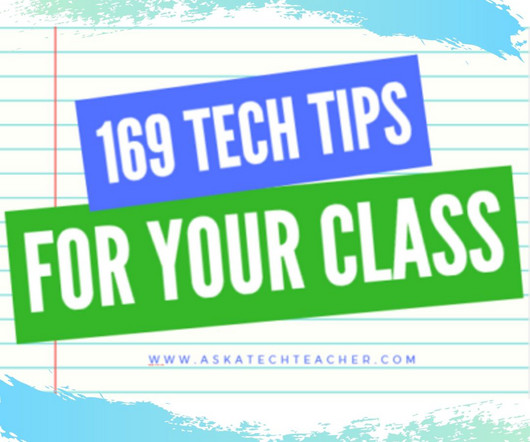

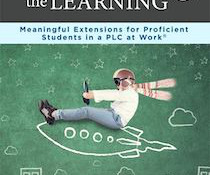
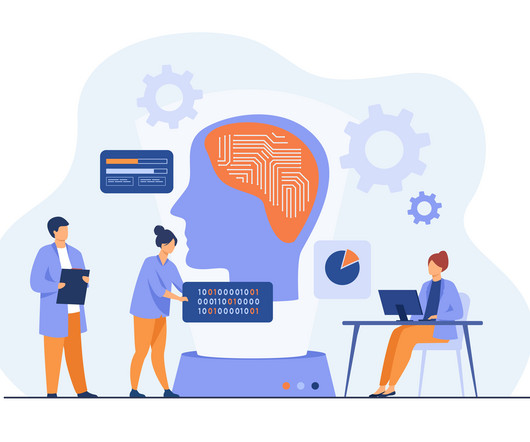

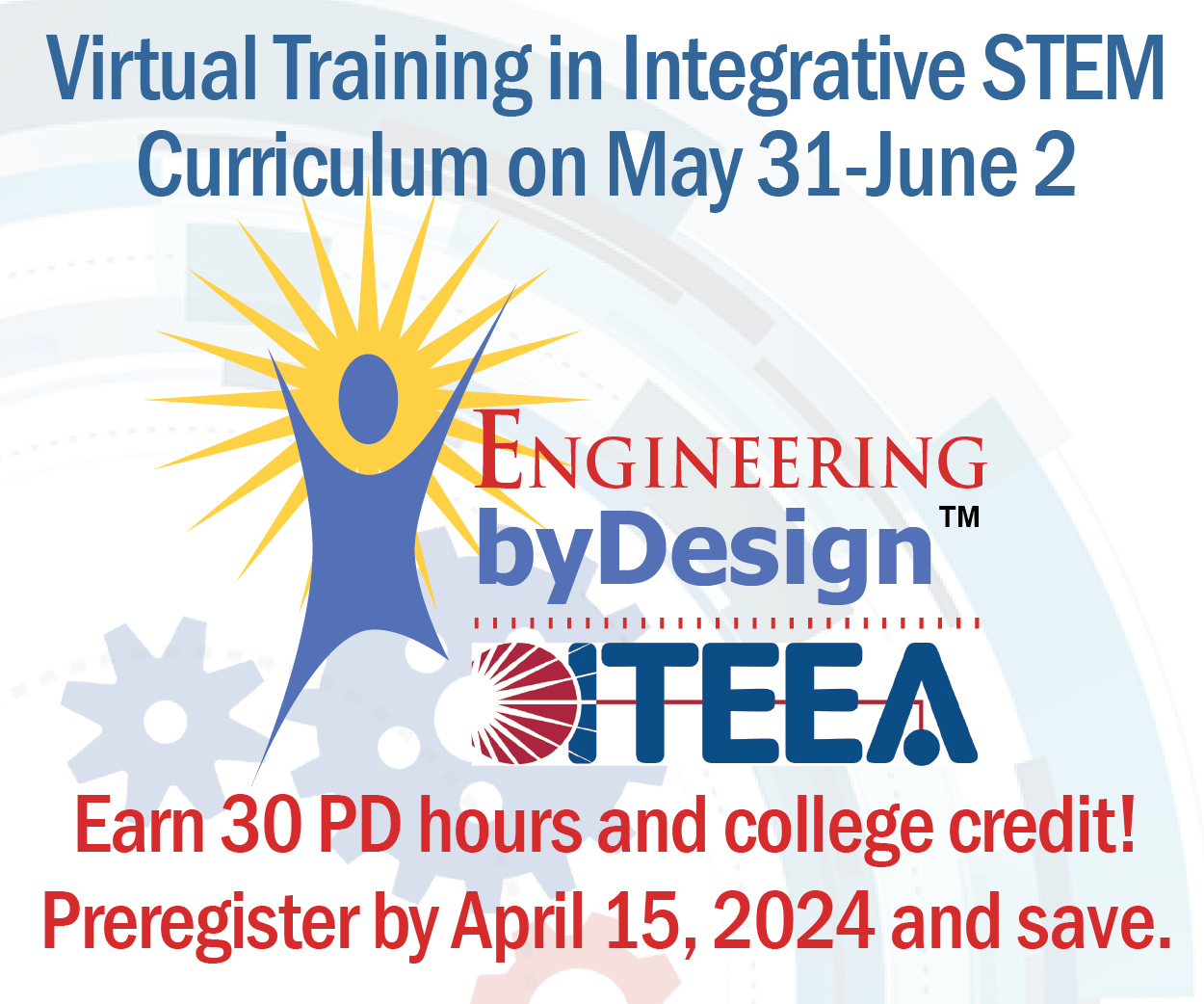
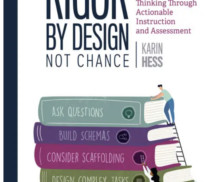




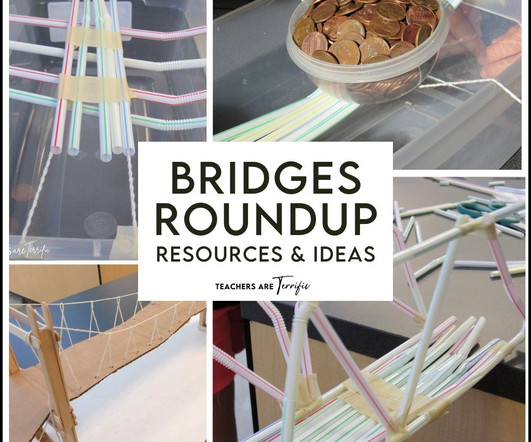
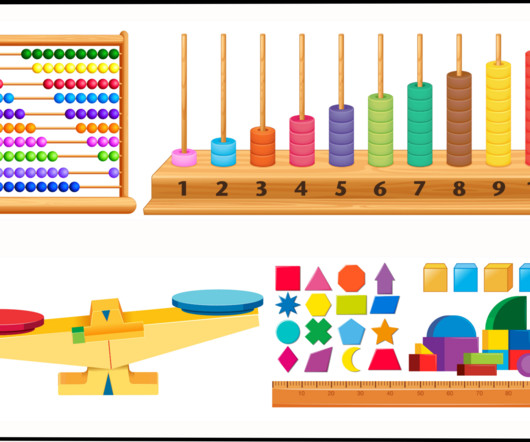
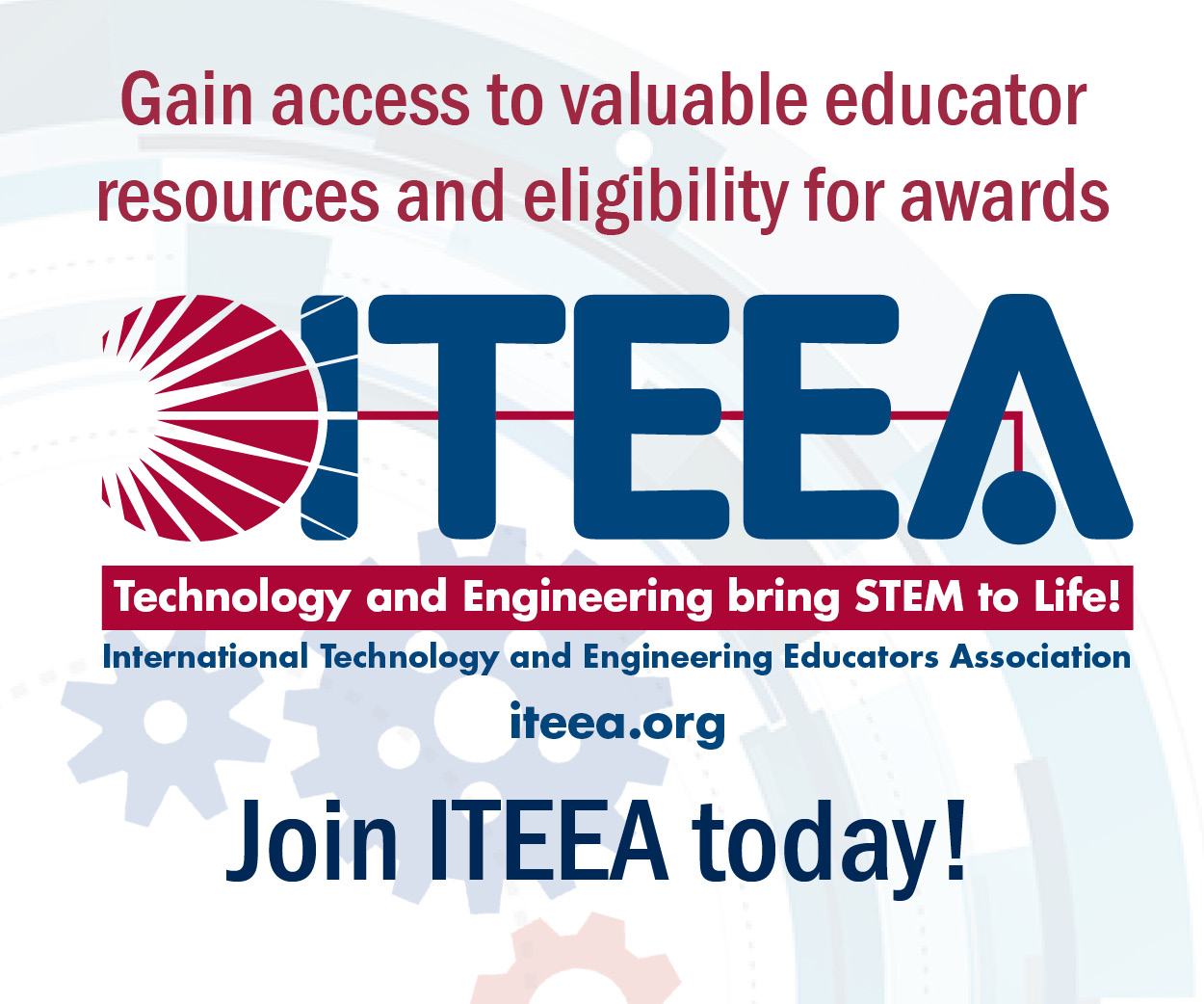








Let's personalize your content